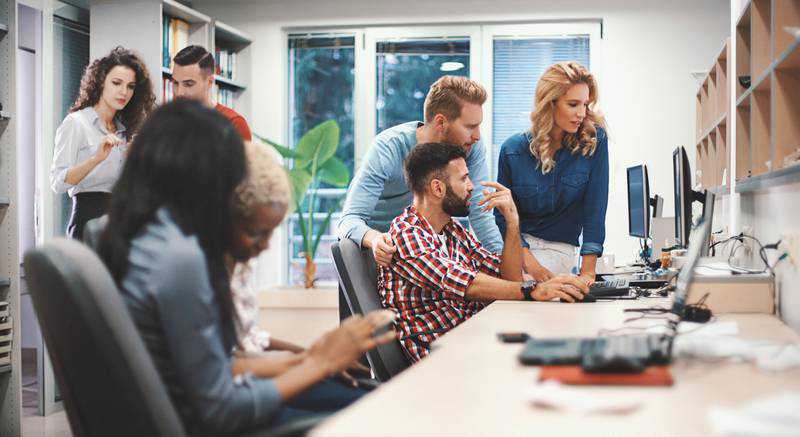Pop-up power: why short-term strategies can help businesses thrive
09 January, 2022

The Covid-19 pandemic has affected many sectors around the world, including the global commercial property market.
Long periods of movement restrictions over the past two years have meant that more businesses have moved operations online, leading them to depend on their digital storefronts rather than physical properties.
With the shift to digital, the closure of many physical retail stores and scaling down of offices as millions of employees continue to work from home, empty store fronts and commercial space present a challenge to landlords.
We still don’t know if people will prefer an e-commerce experience to a physical shopping experience in the long run, while many business leaders have found a way to save on rent by allowing employees to work from home.
This leaves us with one question to consider: could permanent pop-up experiences be the answer to empty storefronts and office buildings?
Pop-up experiences have long been associated with special events and certain seasons of the year. Retailers often provide pop-up experiences to promote a product or service around the holiday season, or to drive traffic to a new destination. One of the UAE's popular pop-up events is Miami Vibes – a food festival held across different locations during the cooler months.
Similarly, event planners such as Waad Events provide pop-up fashion exhibitions for luxury online retailers in the UAE and wider GCC region. Customers from different GCC countries flock to the pop-ups to shop at their favourite social media-based fashion brands.
But what if pop-up shops became a permanent shopping experience? What if it became the way for e-commerce businesses to bring their retail experiences to life and connect with customers?
For that to happen, landlords could look at utilising empty space for pop-up purposes.
Instead of solely relying on long-term leases, landlords could switch their model to cater to e-commerce businesses and experiences.
For instance, a shopping mall can be built entirely on a pop-up model. Stores can be leased for periods of three months, for example, and each season of the year could be allocated a theme.
Winter, for instance, could be themed around food and beverage restaurants, and the entire mall experience would be designed to introduce people to new F&B businesses.
Similarly, different areas of the mall could be used to offer customers a variety of experiences. Empty parking lots on the roof could be leased by a cinema chain to provide an outdoor movie experience during the cooler months. Not only would that drive traffic to the mall, but it could also be a good money generator for an empty space.
Empty floors in office complexes could be designed as co-working spaces and themed accordingly. There could be a co-working space designed only for freelance artists or filmmakers, providing them with all the facilities they need to work.
Shopping malls could also explore the option of redesigning large shops as co-working spaces to drive footfall to the mall and bring in customers to other outlets operating there.
Large corporations that find themselves with extra space in the properties they own could repurpose offices as co-working spaces for students, entrepreneurs or researchers as part of their corporate social responsibility commitments.
Similarly, large empty spaces – whether they are in shopping malls or office buildings – can be leased out for events.
While the uncertainty from the pandemic continues, landlords could utilise the opportunity to build exciting pop-up experiences that could cater to a diverse range of clients throughout the year.
Source: www.thenationalnews.com
TAG(s):
